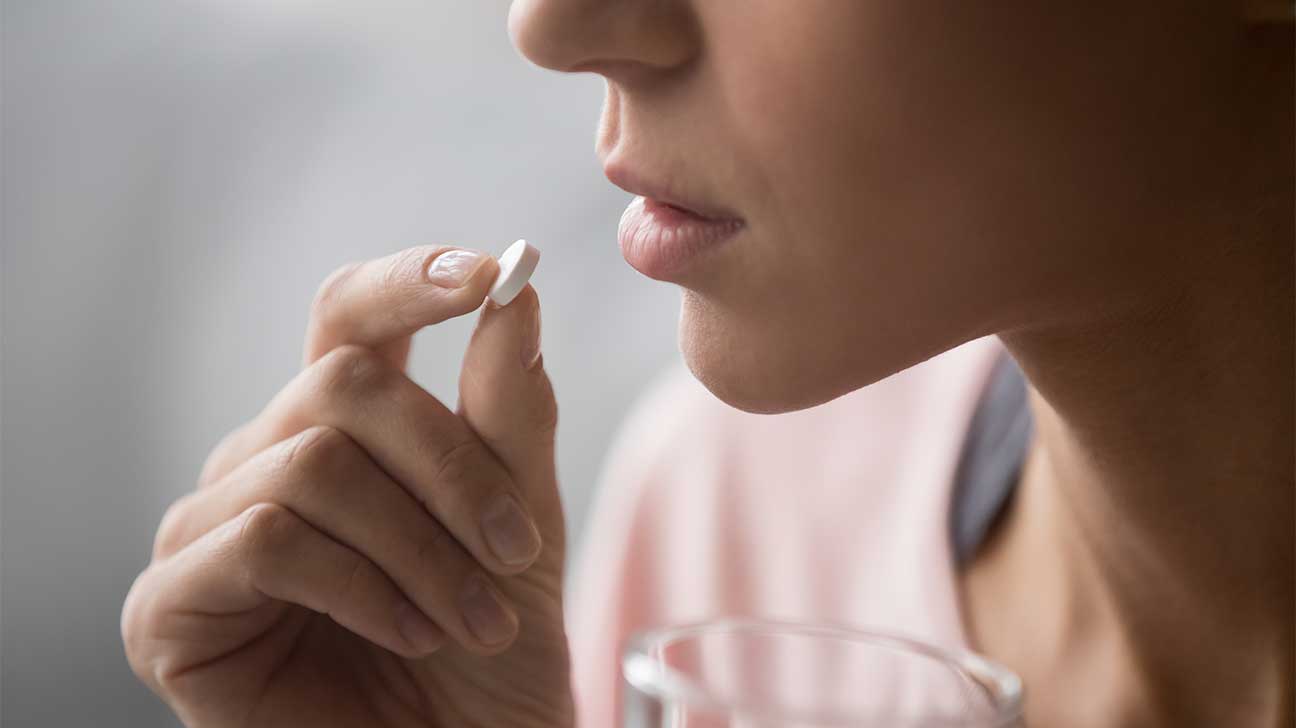
Over the years, teen drug abuse has steadily declined, but it has not disappeared altogether. Rates did drop dramatically in 2020 with the pandemic but now have largely normalized.
One particularly troubling trend to emerge over the last decade is the increased use of prescription drugs among children between the ages of 13 and 17.
It is believed that the increase in prescription drug abuse by teenagers is mostly due to a gap in substance abuse education and the easy access many teens have to these substances.
The Reasons Teens Use More Prescription Medications
Research suggests that teenagers are more likely to use prescription stimulants and opioids than other drugs because they believe prescription drugs are safer.
The primary reason for the perception of safety is that many people believe that prescription drugs are less likely to be contaminated. They are also easier to access at home and online.
The Risks Associated With Prescription Drug Abuse
Unfortunately, prescription drugs can be just as dangerous as illicit substances when not used under the direction of a physician for a specific condition.
There are a multitude of factors that could put teens at risk for overdose or long-term addiction.
Counterfeit Pills
Teens who purchase prescription drugs online are highly likely to encounter counterfeit drugs. These pills can be virtually identical to the real thing but may contain any number of chemicals.
Drug traffickers commonly use fentanyl, a powerful synthetic opioid, to increase the effects of the pills while minimizing costs.
Even as overall rates of teen drug use fall, the introduction of fentanyl to the United States drug supply is pushing teen overdose deaths to record highs.
Polysubstance Abuse
“Pharming” is a trend in teen drug use that encourages teens to mix together a random assortment of prescription drugs that they communally gather from their homes or online.
This is a dangerous form of polysubstance abuse with highly unpredictable consequences.
While a fatal overdose is certainly the most frightening, loss of consciousness, organ damage, and temporary psychosis are just a few possible results of drug interactions.
Preventing Teen Drug Abuse
Providing education, limiting home access, and maintaining open communication are the three best ways to prevent teen drug abuse.
Education
Unfortunately, there are a number of misconceptions about prescription drugs, particularly prescription stimulants, that are shared by teens as well as their parents.
One in four teens and one in three parents believe prescription stimulants prescribed for attention-deficit/hyperactivity disorder (ADHD) could boost school performance in neurotypical children.
By providing adequate education on how these drugs work and the danger of abusing all prescription drugs, schools, parents, and healthcare providers can reduce drug abuse.
Present Parenting
Teenagers do need space to make increasingly mature decisions in preparation for adulthood, but you can still be a present parent in their life.
Talk to them about their friends, their passions, and their struggles to help maintain an open dialog with your child. If their moods or behaviors take a sudden turn, be sure to check in.
Limiting Access
While some teens do obtain prescription drugs through social media drug dealers, many more get them right at home.
Make sure all prescription drugs are safely stored, accounted for, and responsibly disposed of to ensure that the teenagers who come in and out of your household don’t have easy access.
Recognizing The Signs Of Adolescent Substance Abuse
Teenagers experience a lot of rapid changes, and it isn’t abnormal for them to experience periods of moodiness or to explore new activities and friend groups.
However, there are certain signs of possible teen drug use that should spark a conversation with your teen to ensure they get the support they need if they are experimenting with drugs or alcohol.
Paraphernalia
In the case of prescription drug abuse, paraphernalia may include extra pill bottles or small plastic baggies.
Other drug paraphernalia may include:
- rolling papers or a bong
- syringes, pipes, tin foil, and small spoons
- lighters, razor blades, straws, and small mirrors
Behavioral Changes
Behavioral changes are part of being a teenager, but sudden and seemingly unexplained spurts of depression, giddiness, or violence could be linked to drug use.
In any case, you will want to support your child whether their mood changes are the result of normal development, mental health issues, or substance abuse.
Calmly express your concerns and offer assistance or access to professional counseling if your teen needs more than moral support.
Getting Help For Teen Drug Abuse
There are many resources available for teenagers who are living with addiction. Options include inpatient and outpatient substance abuse treatment to ensure your child gets the care they need.
Treatment plans may include gender-specific care, dual diagnosis treatment, and LGBTQ+-friendly addiction care.
Find Treatment For A Substance Use Disorder Today
If you or a loved one needs addiction recovery support, call us to learn what treatment options are available to you.
Article Sources- Children’s Hospital of Orange County (CHOC)
https://health.choc.org/why-are-youths-resorting-to-substance-and-drug-use/ - National Center for Drug Abuse Statistics (NCDAS)
https://drugabusestatistics.org/teen-drug-use/ - National Institute on Drug Abuse (NIDA)
https://nida.nih.gov/news-events/news-releases/2022/12/most-reported-substance-use-among-adolescents-held-steady-in-2022 - Substance Abuse and Mental Health Services Administration (SAMHSA)
https://www.samhsa.gov/homelessness-programs-resources/hpr-resources/rise-prescription-drug-misuse-abuse-impacting-teens - University of Rochester Medical Center
https://www.urmc.rochester.edu/encyclopedia/content.aspx?contenttypeid=1&contentid=4240


